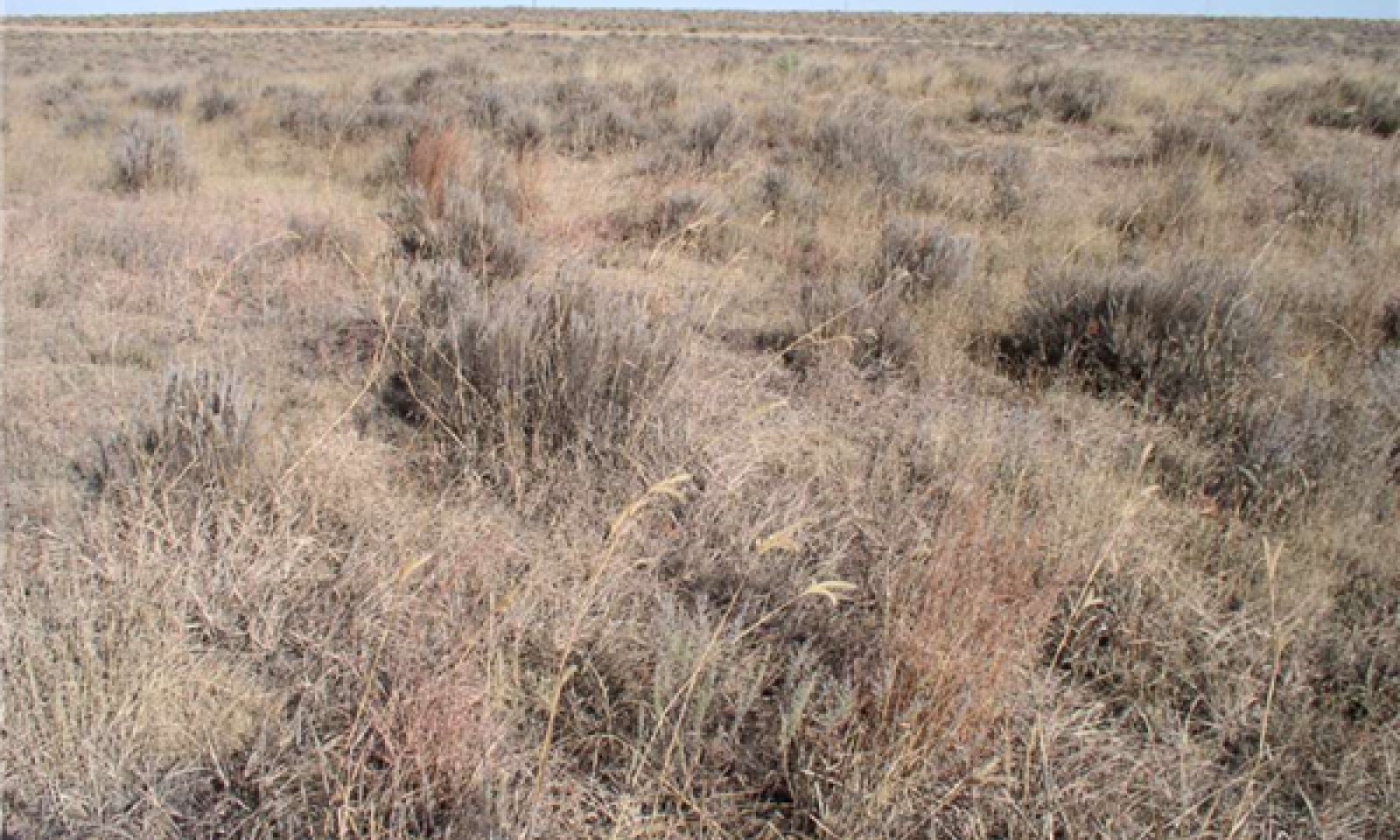
Deep Sand
Scenario model
Current ecosystem state
Select a state
Management practices/drivers
Select a transition or restoration pathway
-
Transition T1A
Continuous heavy grazing.
More details
Lack of fire. -
Transition T1B
Chemical brush management.
More details
Prescribed grazing.
Fire. -
Transition T1C
Non-use.
More details
Lack of fire. -
Transition T2A
Continuous, heavy grazing.
More details
Chemical brush control. -
Restoration pathway R4A
Prescribed grazing.
More details
Prescribed fire. -
No transition or restoration pathway between the selected states has been described
Target ecosystem state
Select a state
Description
The Reference State is characterized by three community phases that exist within the natural range of variability for the site. These phases are maintained by a historic fire frequency estimated to be on 15 to 20 year intervals (Guyette and others, 2012) grazing by large ungulates, and adequate recovery periods. High production of perennial grasses and extensive soil cover allow for increased soil moisture retention, vegetative production, and overall soil quality.
Submodel
Description
The state is dominated by sand sagebrush, resulting in a lack of resilience and resistance to disturbances. Site stability and hydrologic function along with biological diversity are greatly reduced.
Submodel
Description
This is a state managed to control sand sage and enhance grass dominance. The vegetative community can vary from dominance by prairie sandreed and sand bluestem to sand dropseed and red threeawn.
Submodel
Description
This state consists of shrubs, less-palatable forbs, and annual and early perennial grasses.. Continuous, heavy grazing without providing adequate recovery opportunity following grazing events and lack of fire are the drivers of the process. Blowouts can develop.
Submodel
Mechanism
Continuous, heavy grazing and lack of fire eliminate tallgrasses, palatable forbs, and palatable shrubs, moving this plant community across an ecological threshold to the Sand Sagebrush State. If this treatment continues long enough, accelerated erosion occurs.
Mechanism
Chemical brush management, fire, and prescribed grazing move this plant community across an ecological threshold toward the Grass Dominated State. Loss of palatable forbs, native legumes, and palatable shrubs is a concern.
Mechanism
Long-term non-use and lack of fire result in increased plant mortality and eventually an increase in bare ground resulting in moving toward the eroded state. This transition may take greater than 25 years to accomplish.
Mechanism
Continuous, heavy grazing, chemical brush management, or both trigger accelerated erosion causing this plant community to move to the eroded state. Wind erosion may be a concern. Blowouts can be a common occurrence in this state.
Mechanism
Prescribed fire, long-term prescribed grazing that allows adequate recovery periods, and proper stocking rate eventually move this plant community toward the reference state, assuming an adequate vegetative source is available. This transition may take greater than 25 years to achieve.
Relevant conservation practices
| Practice | External resources |
|---|---|
|
Prescribed Burning |
|
|
Prescribed Grazing |
Model keys
Briefcase
Add ecological sites and Major Land Resource Areas to your briefcase by clicking on the briefcase (![]() ) icon wherever it occurs. Drag and drop items to reorder. Cookies are used to store briefcase items between browsing sessions. Because of this, the number of items that can be added to your briefcase is limited, and briefcase items added on one device and browser cannot be accessed from another device or browser. Users who do not wish to place cookies on their devices should not use the briefcase tool. Briefcase cookies serve no other purpose than described here and are deleted whenever browsing history is cleared.
) icon wherever it occurs. Drag and drop items to reorder. Cookies are used to store briefcase items between browsing sessions. Because of this, the number of items that can be added to your briefcase is limited, and briefcase items added on one device and browser cannot be accessed from another device or browser. Users who do not wish to place cookies on their devices should not use the briefcase tool. Briefcase cookies serve no other purpose than described here and are deleted whenever browsing history is cleared.
Ecological sites
Major Land Resource Areas
The Ecosystem Dynamics Interpretive Tool is an information system framework developed by the USDA-ARS Jornada Experimental Range, USDA Natural Resources Conservation Service, and New Mexico State University.
